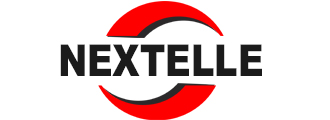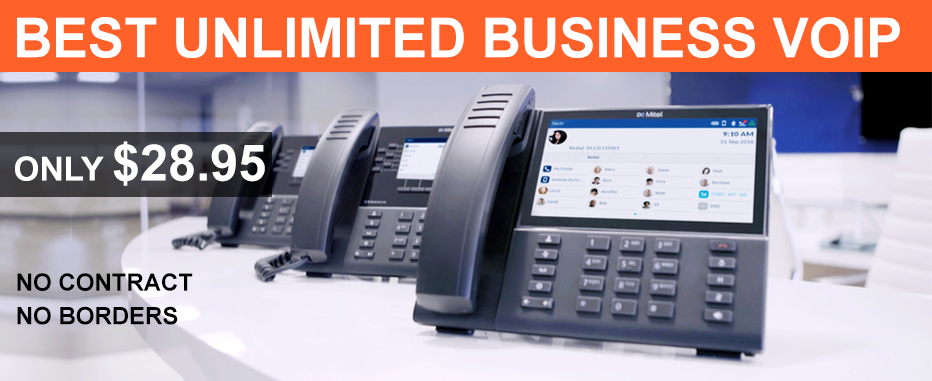How much data am I getting?
Fibre providers will often offer capped or uncapped services, but what does this mean? Capped services offer consumers a limited quantity of data. After the data has reached its limit, or ‘cap’, the consumer will have no more data left to use and will need to ‘top up’.
The consumer will then receive additional data, but often at exorbitant top up rates, getting penalised for every extra megabyte of data they consume over their cap. Uncapped services provide unlimited amounts of data, but consumers need to understand the fair usage policy attached to their contract to make sure their expectations match up to the service.
Optical fiber is hundreds of times faster than DSL, cable or wireless systems. And while the cable and phone companies’ networks may be partially fiber, the Countries Internet network is fibre all the way to your building. That means no bottlenecks or slowdowns can occur like they do when data reaches the copper technology that the other guys are using to deliver the signal to your residence.
Of course many factors affect bandwidth–including the type of transmission technology used, the length of the cable runs and the network architecture employed. And, actual speed is often less than what is promised in the service agreement. To get an accurate reading as to what your true Internet speed is go to speedtest.net and run the test. Our Internet always delivers the true speed quoted.








